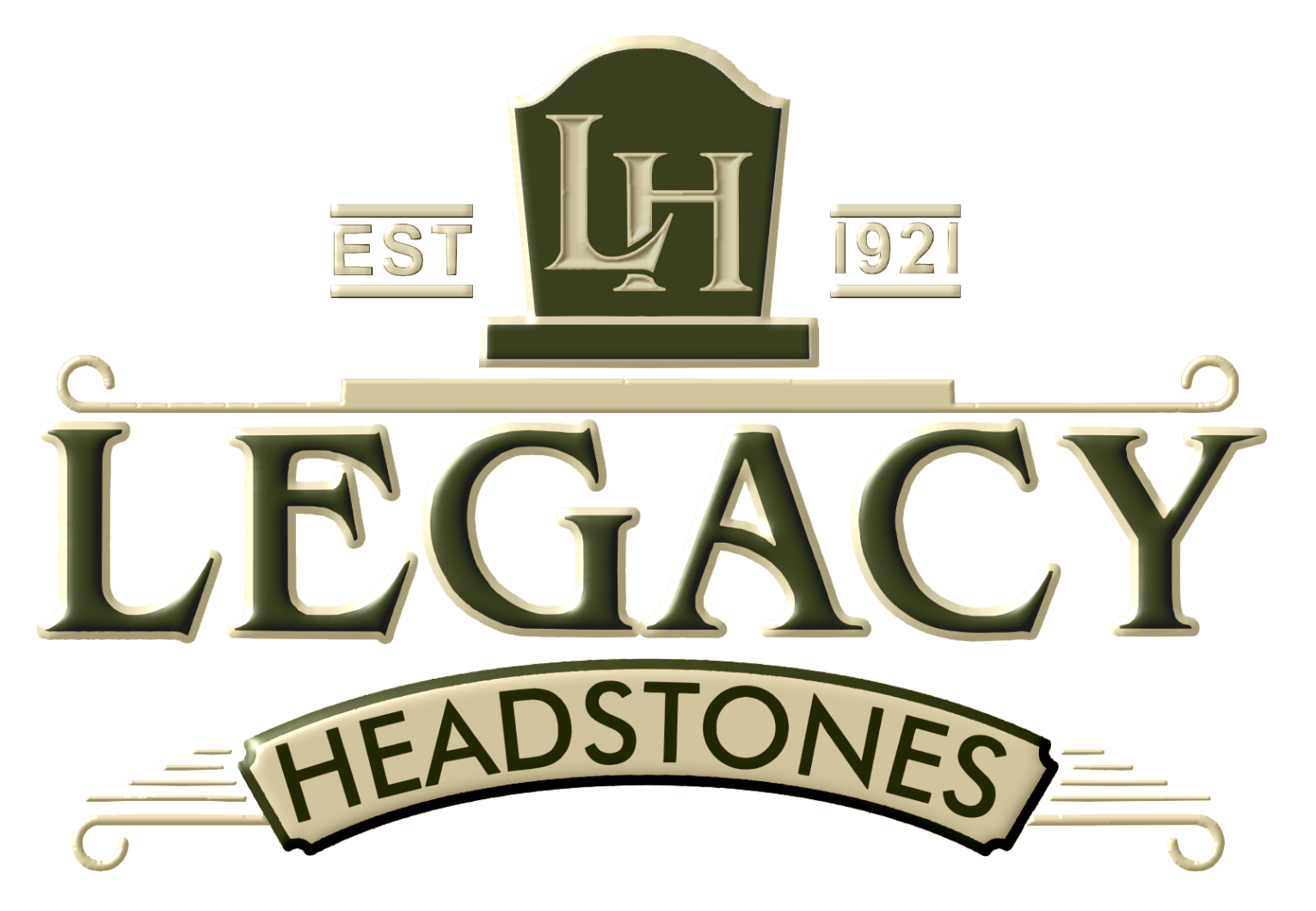Today's funeral and burial options are far more open and advanced than ever. As concern for the world and its environment grows and populations boom, many have turned to looking for alternative, green options for end-of-life planning. From mushroom suits to Aquamation, there are many options currently for burial that leave little to no lasting impact on nature. And yet, what about eco-friendly headstones?
Are there eco-friendly memorial options along with green burial options? Today, we will share some of the green options for memorials and headstones that may fit in with your or a loved one's desires for eco-friendly end-of-life options.
What To Know Before Choosing an Eco-Friendly Headstone
It's estimated that roughly 35% of families bury part or all of their loved one's cremated remains at a cemetery. If you or your loved one has chosen to be cremated and have their remains placed in a cemetery, here's what you need to know before selecting a green grave marker.
What Type of Grave Markers Are Allowed?
While headstones, memorials, and grave markers are standard at a traditional cemetery, not all cemeteries allow the same things. For instance, cemeteries that have gone green are certified as conservation burial grounds. That means that the cemetery ensures everything within it is as natural as possible so that there is as little impact on the environment as possible.
Suppose the cemetery you or your loved one has chosen is called a hybrid green. In that case, there are fewer restrictions, and you may be able to use a traditional grave marker, headstone, or monument like you would in any other cemetery.
Natural green cemeteries may require everything to be naturally derived or biodegradable, whether put within the grave or atop it.
It's important to know what cemeteries allow to prevent mistakes and issues that can be highly stressful during burial arrangements and possibly very costly.
All-Natural Materials
If grave markets or a memorial are allowed, and you have informed yourself of any rules or guidelines the cemetery may have on what they will accept, choosing a marker from all-natural materials is ideal.
Natural stone, like granite, is not only a popular choice for eco-friendly headstones, but it is also a very long-lived material that can withstand the weather and temperatures of being exposed outside. Engravings can be as detailed or as simple as you wish, and no chemical sealants or finishes are needed to seal the stone—unlike softer stones like marble, for example.
You may also be able to use vegetation, such as planting flowers or trees, to mark a grave. The cemetery may allow the burial of a biodegradable urn containing a seed or sapling that will grow on the gravesite over time. Most eco-friendly or green cemeteries prefer flora, fauna, and natural materials to be used as a marker rather than manufactured materials.
When choosing flora or fauna for a grave marker, it's always a good idea to stick to native plant species that grow in the area without much help or maintenance.
Most green cemeteries aren't looking to create a traditional cemetery look—they're looking to create a new landscape—meadow or forest—and imbue it with natural markers, memorials, and tributes. Some cemeteries have size limits; some require local stone that fits the landscape, must lay flat, and not be polished. Always ensure that you know what your eco-friendly cemetery allows.
DIY Green Burial Markers
It is not uncommon for family members to wish to create a unique grave marker for a green burial site. It can be as simple as arranging natural stones around the grave or a piece of wood with an engraving and carving.
Families can create all-natural DIY grave markers or headstones for their loved ones' green burial in many ways.
Some ideas to consider:
- An engraved and elevated off-the-ground wooden marker. A wood marker with a post will likely last much longer than one placed flat on the ground as flat-ground-level wooden markers deteriorate faster.
- Natural, local stone markers. Granite may not be a natural stone in a green cemetery, but there may be other great stone options, such as limestone, sandstone, marble, fieldstone, or slate.
Understanding Long-Term Care for Natural Grave Markers
One last thing to consider before choosing a natural grave marker is its material, longevity, and requirements for long-term care. Most eco-friendly markers require more involvement than traditional ones to keep clean and maintained, and when using naturally biodegradable options, over time, it will no doubt need repair or replacement.
Many green cemeteries work closely with local artisans and artists around their area and may be able to give you advice and options of several headstone makers to choose from as well.
Whichever you or your loved one choose, there are always options, and we hope we have been able to answer your questions and guide you toward making the right choice for you or your family.
